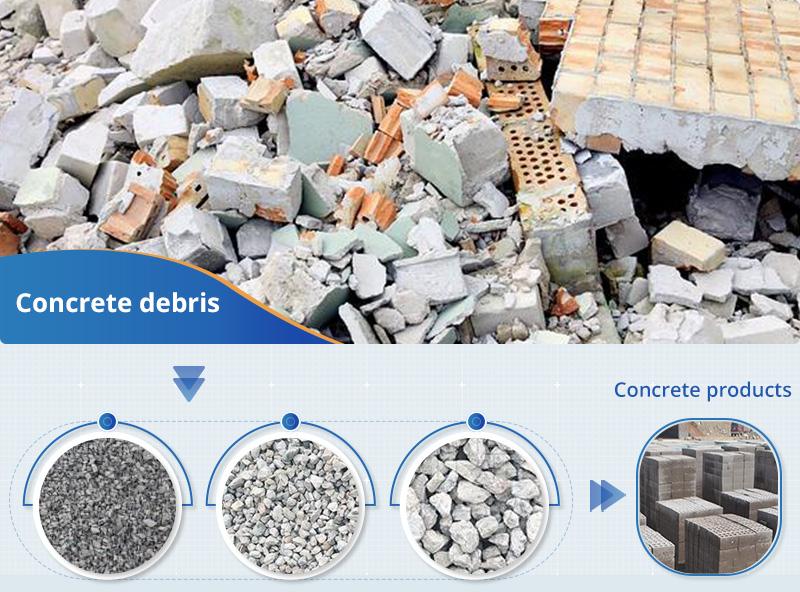Recycled Construction Aggregates: A Sustainable Solution for Environmentally Conscious Builders
In recent years, the construction industry has embraced sustainability as a crucial aspect of its operations. One significant advancement in this pursuit is the increasing use of Recycled Construction Aggregates. These aggregates are derived from various sources, such as demolished buildings, concrete waste, asphalt, and other construction debris. By diverting these materials from landfills and repurposing them for new construction projects, Recycled Construction Aggregates play a pivotal role in reducing environmental impact and conserving natural resources.
The Environmental Imperative
The construction industry is a major contributor to waste generation, consuming vast amounts of natural resources and producing significant amounts of debris. Landfilling construction waste leads to environmental pollution and land degradation, making sustainable alternatives imperative. By opting for Recycled Construction Aggregates, builders can significantly decrease their carbon footprint and contribute to a greener planet.
Benefits of Recycled Construction Aggregates
Resource Conservation: Traditional construction aggregates are typically obtained through mining or quarrying, leading to habitat destruction and depletion of finite resources. In contrast, using Recycled Construction Aggregates minimizes the need for new raw materials, preserving natural reserves.
Energy Efficiency: Producing construction materials from virgin resources demands substantial energy consumption. Recycling, on the other hand, requires far less energy, making it an energy-efficient choice that contributes to a reduced carbon footprint.
Waste Reduction: Landfilling construction waste not only squanders valuable materials but also takes up vast amounts of space. By recycling construction debris into aggregates, the volume of waste going to landfills is significantly reduced, promoting a circular economy.
Cost-Effectiveness: Utilizing Recycled Construction Aggregates can often be more cost-effective than purchasing traditional aggregates. This cost savings can translate to more competitive construction project bids and reduced expenses for contractors and clients alike.
LEED Certification: For environmentally conscious builders seeking Leadership in Energy and Environmental Design (LEED) certification, incorporating Recycled Construction Aggregates into projects can earn valuable credits toward this prestigious recognition.
Applications of Recycled Construction Aggregates
Recycled Construction Aggregates find application in various construction projects, including:
Roads and Highways: They can be used as a base layer or sub-base in road construction, offering comparable performance to traditional aggregates.
Concrete Production: Crushed concrete aggregates can be mixed with traditional aggregates to create eco-friendly concrete with desirable properties.
Landscaping: Recycled aggregates can be employed in landscaping projects, such as pathway construction and drainage systems.
Structural Fill: These aggregates can be used as fill material in construction sites, reducing the need for virgin soil excavation.
Erosion Control: They serve as effective erosion control measures in various applications.
Conclusion
Recycled Construction Aggregates present a compelling solution to the construction industry's sustainability challenges. By diverting waste from landfills, conserving resources, and promoting energy efficiency, these aggregates pave the way for a more environmentally responsible and economically viable future. Embracing this eco-friendly option not only benefits the construction sector but also contributes to a healthier planet for generations to come. As the world seeks to build sustainable foundations for the future, Recycled Construction Aggregates stand out as a beacon of progress in the pursuit of a greener and more sustainable construction industry.
